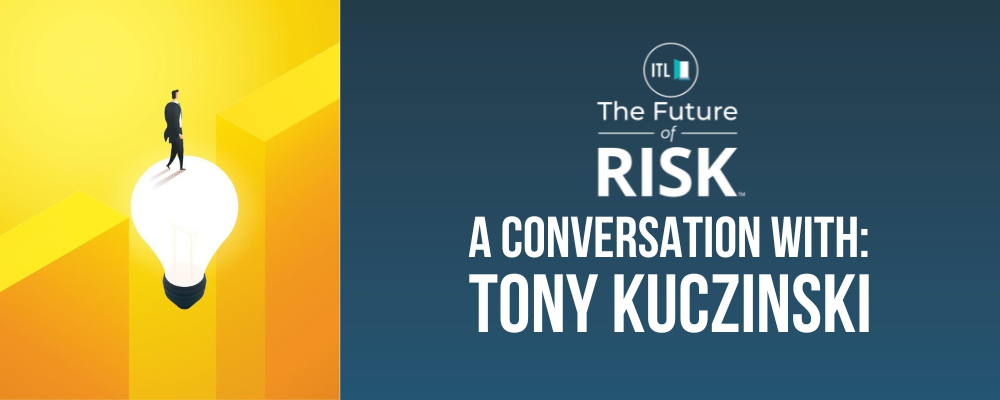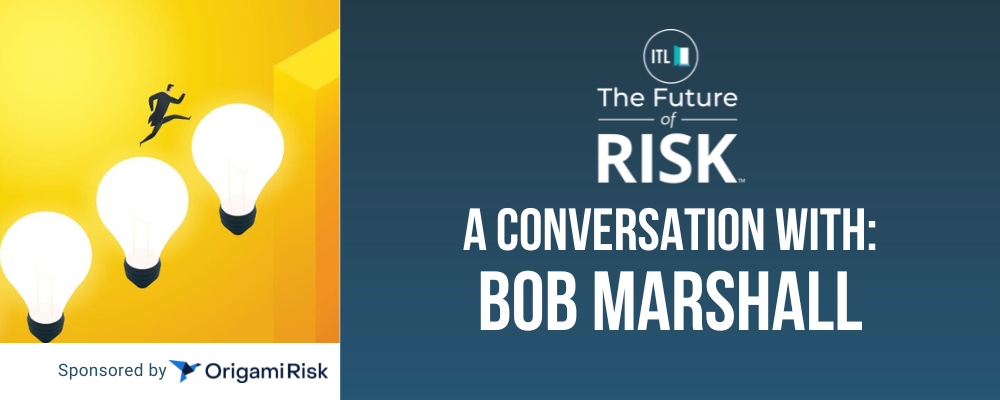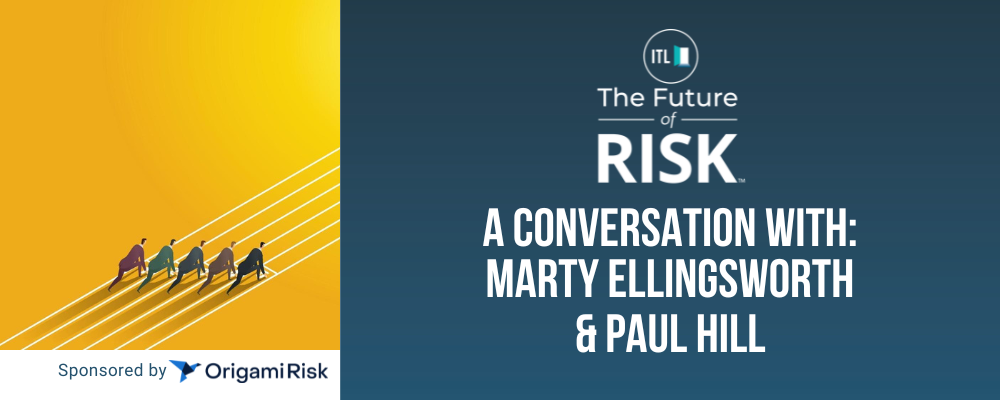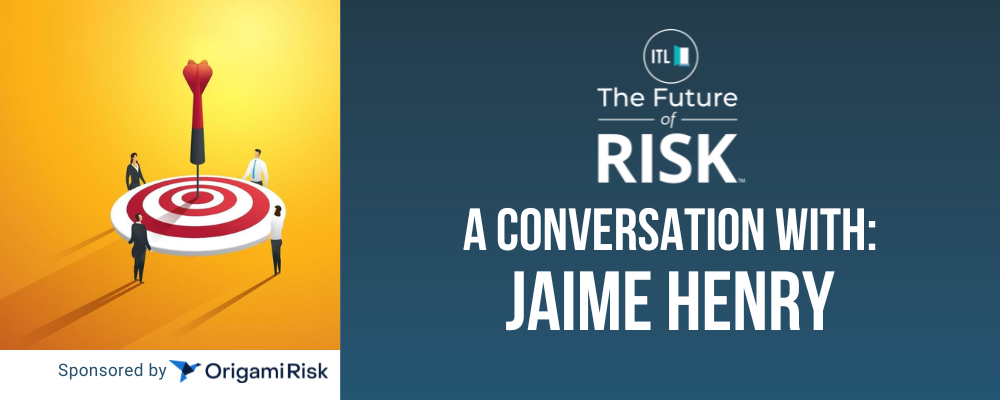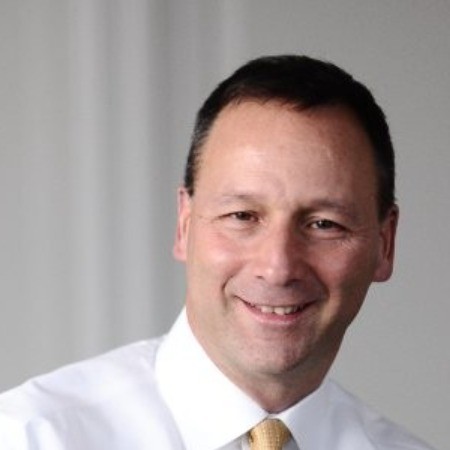 |
Anthony (Tony) Kuczinski is a highly regarded executive leader with over 38 years of (re)insurance experience, 34 years of which were with Munich Re in numerous senior roles, including 15 years as President and Chief Executive Officer of Munich Reinsurance US Holdings. He also served as Executive Advisor to the Munich Re Board of Management for MR US Holding (MRUS), the NA Property and Casualty operations of Munich Re (DAXI: MUV2). Prior to Munich Re, Mr. Kuczinski was Chief Operating Officer of NY Marine and General Insurance Company (NYM), a publicly traded insurance group now part of Pro-Sight Insurance Group, and he worked in the audit practice for the public accounting firm of Coopers & Lybrand (now PWC). |
Paul Carroll:
How would you characterize the evolution of insurtech over the last decade?
Tony Kuczinski:
At Munich Re's U.S. business, we were early participants in the insurtech wave. I never believed insurtech would disrupt the insurance industry, and in retrospect, it didn’t. However, I firmly believed we needed to be involved in this space. Over the last decade, innovation has changed dramatically. While insurtech hasn't disrupted the industry, it has changed the industry for the better, specifically for the more forward-leaning companies and those focused on strong underwriting fundamentals and those keenly focused on their clients. Insurtech has made us faster, more nimble and more technologically savvy. It has also made us more client-focused.
The early insurtech players believed they had a different model that would make the industry dinosaurs obsolete. This turned out to be a misconception on their part. Many insurtechs stumbled over the years. Others realized early on that the risk-sharing model they wanted to disrupt wasn't what they thought and shifted more toward being MGA-oriented or distribution-oriented.
Insurtech isn't gone. It just didn't materialize as initially anticipated. Valuations were high in the early days, then stumbled, and there was a back-and-forth kind of situation for some time. And the jury is still out for the risk takers among them. However, I think they made the industry better in the long run.
If you invested in insurtech, and collaborated with them, you probably learned some lessons about being nimble and agile. You probably learned to deploy technology differently than you did in the past. You also likely became more intensely focused on the customer and the service elements you bring to them.
Looking forward, I still think there's a role for insurtech, but I think it's going to take a different form. It's going to be more about getting better at what we do. How do we help to mitigate risk? How do we get better at identifying risk? The industry will evolve into a predict-and-prevent model as well as a financial reimbursement model. How do we get better at servicing the client and at providing this service more efficiently? And how do we deploy effectively artificial intelligence in the insurance space today?
Paul Carroll:
Why do you think the big tech companies didn't jump in and disrupt the insurance industry?
Tony Kuczinski:
Early on, I think there was a lack of appreciation for two things in the industry: capital and regulation. There is a big capital need to be a strong player in the industry, and it's a highly regulated industry. Even the non-standard businesses aren't free from regulation. I think there was a recognition after a while that this is a difficult model to emulate. There was also a realization that the long-term-return proposition would dilute the hefty returns many of the big tech companies enjoy today.
The tech players dabbled a lot and are still dabbling in this space. However, I think they're looking at how to impact the insurance space more as a service provider or as an enabler, not as an insurance entity. I still think that's possible. It's clear to me that AI could absolutely help, whether it's robotic processing or better analytics. It could be a game changer.
Paul Carroll:
So the companies that improve insurers, rather than trying to replace them, are the ones thriving at this point?
Tony Kuczinski:
I think that's an accurate statement. I think there's a new phase of this. Those that took the new business model into places like cyber technology and cyber coverage have done pretty well. They focused not only on the risk element but the predict-and-prevent aspect. They're fairly new players, and you could call them insurtech firms. They've taken the distribution model and enhanced it with good technology to help with mitigation, identifying the risks and making us more aware of what the risk could be and how we mitigate those risks going forward.
On the enabling side, every industry is looking at AI in a very different way today. They're using enhanced technology to make information much more usable to the industry. I think that's a place where the industry is more likely to partner as opposed to just build themselves.
Paul Carroll:
Could you tell me more about how the new model works in cyberspace?
Tony Kuczinski:
On the cyber side, the cyber MGAs [managing general agencies] that exist today weren't around 10 years ago. They all came into existence with the entry of insurtech. Most of them came into the industry with some underwriting know-how, but more importantly, they came with technology know-how and tools as well as loss-control features that help provide not just an insurable product but also ways of mitigating the insurance exposure that's out there.
Paul Carroll:
Could you talk about the biggest successes that you witnessed or were involved in, and why you think they worked?
Tony Kuczinski:
So far, the cyber entrants are a success story. They're more of a success than the beginning days of some of the risk takers that jumped into this space that just didn't get it right. There are very few players that started out as insurtech that made a big impact in the marketplace. I would say there were several failures, more on the full-stack side. When you get to the MGA space, I would say there were more successes. And when you get to the very focused enabling aspect, there were or will be more yet.
Paul Carroll:
You said something that resonated with me partly because my mantra for 25 years, since I started writing about innovation, is: Think big, start small, learn fast. And you talked about how you got involved, at least to dabble, and become aware and participate and learn. How would you recommend people think about innovating now?
Tony Kuczinski:
The phrase that you used about think big, start small, learn fast resonates with me. But I would say to quit fast, too. If it's not working, you need to pivot or change. Here's where I think insurtech has helped and where legacy companies get it wrong: I think innovation is here to stay. Over these last 10 years, incumbents went all in on innovation, then, little by little, people backed away. When I say back away, I don't mean they're walking away from innovation. Instead, I think their approach changes to let's just use innovation as a constant theme and a constant way of improving the way we deliver our products or service, how we connect with a client, how we underwrite our business, how we mitigate the losses that could affect the business.
Paul Carroll:
Could you tell me more about your vision of prevention?
Tony Kuczinski:
Predict-and-prevent is a great term. We're in the risk business. We know the current risks. And those current risks are continuing to get more and more complicated and bigger. But we don't know all the risks yet to come. So we need tools that will help us to navigate both are the things that we should be focusing on as an industry and predict those things that could go wrong and build tools or resiliency to mitigate or eliminate them. This is the most important part of the insurance industry’s value proposition.
Paul Carroll:
Any final thoughts?
Tony Kuczinski:
We are in one of the best underwriting environments that we have seen in the insurance industry for quite some time. And there's still some legs to the strength of this hard market.
This is also one of the times when most traditional companies will spend the least amount of time on innovation and the future. My warning to the industry is, you should always be focusing on the future. Maybe a little bit less or a little bit more in certain markets or cycles, but you should never lose sight of the focus on the future and how you need to deal with what's coming, as opposed to where you are now.
In the end, we are a noble industry that brings people, businesses and communities from harmed to whole because of what we do. No industry plays this role better. But this carries an obligation to continue to look into the future and work on the strategies we will need in place to continue to deliver strong, positive outcomes.


